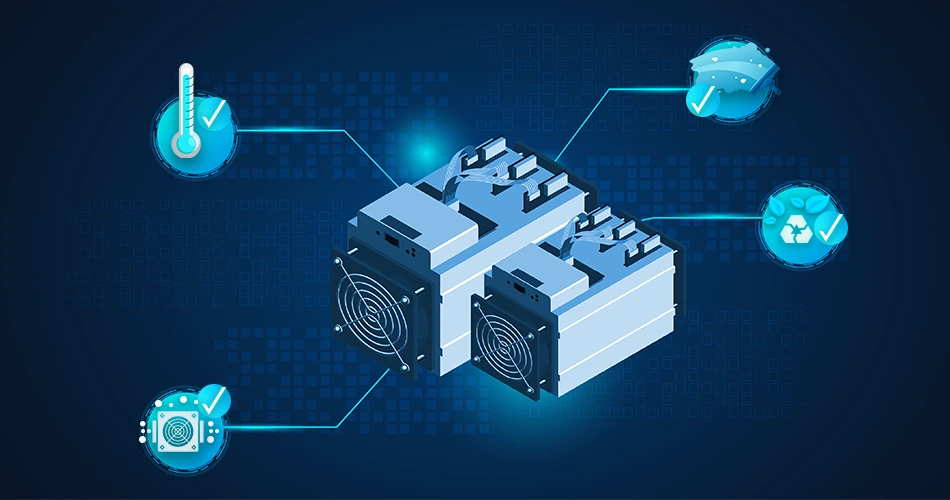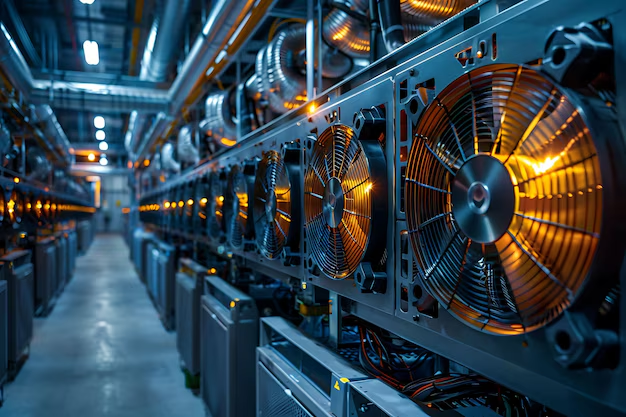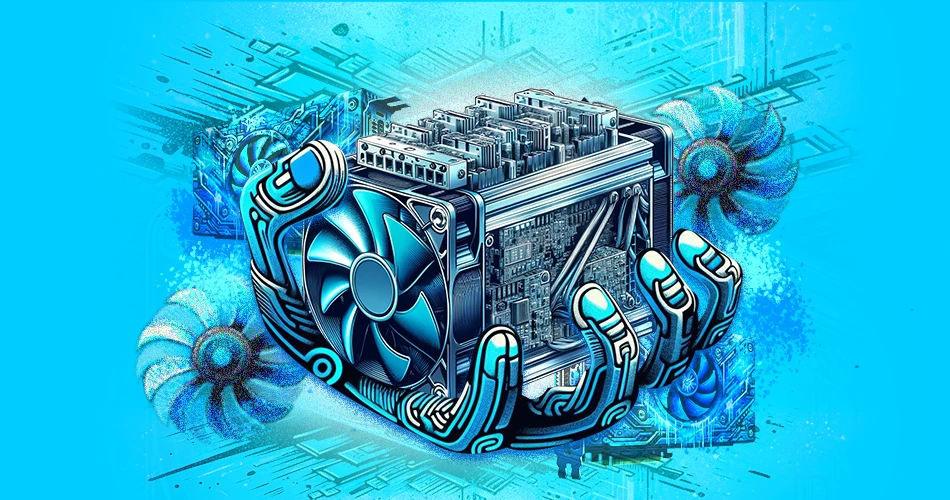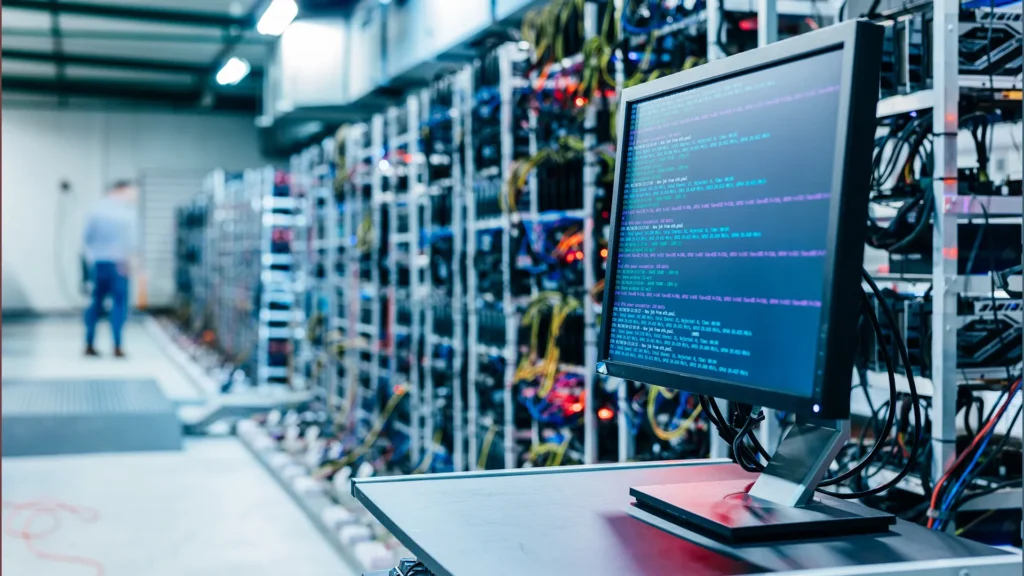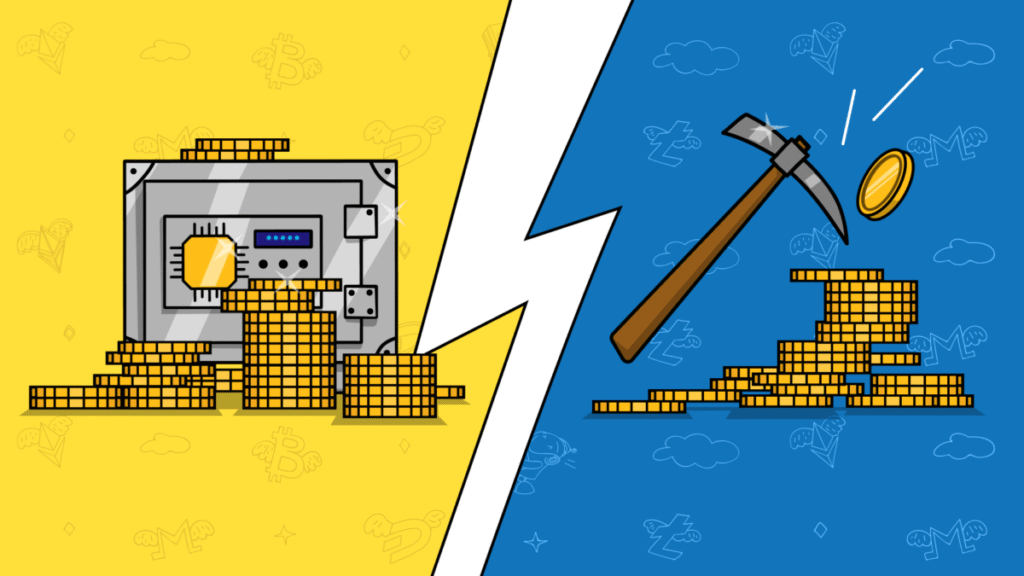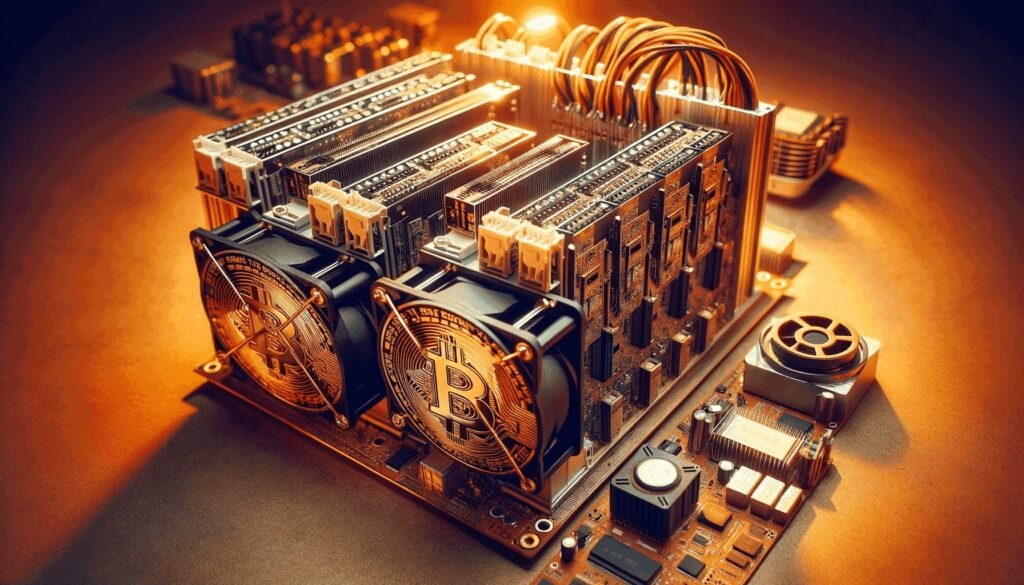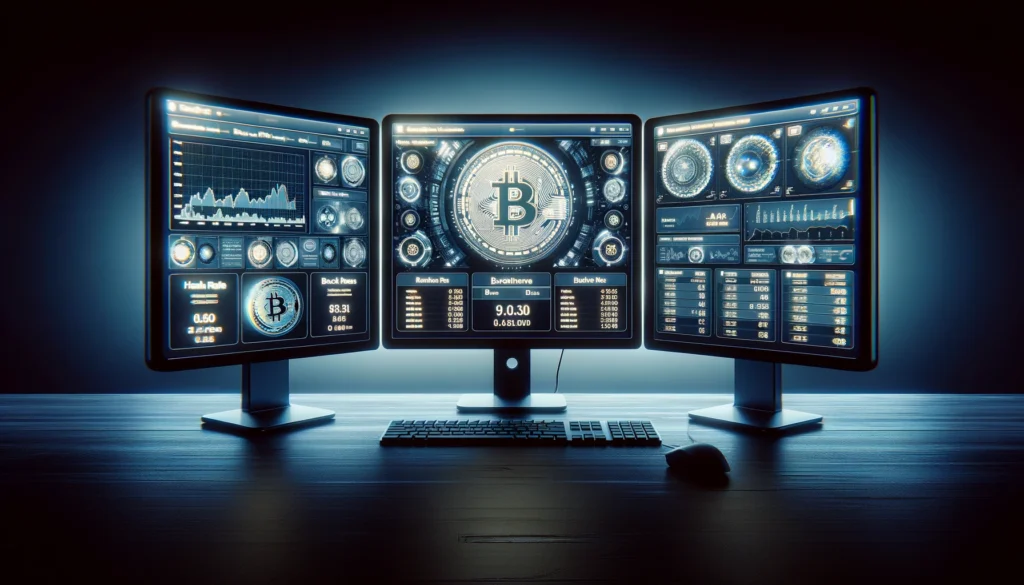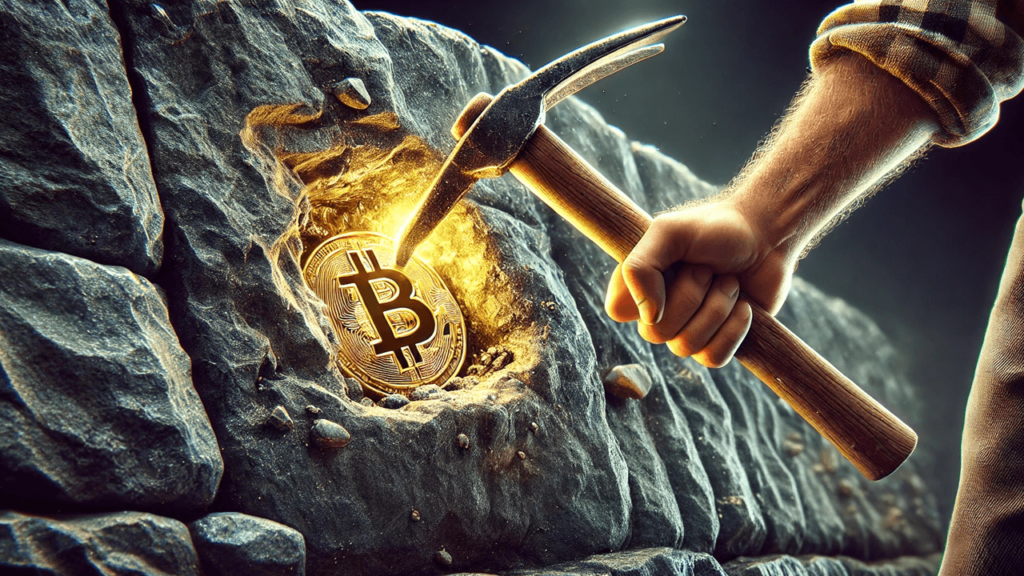When entering Bitcoin mining, one of the key questions to ask is: How long will my mining hardware last? Understanding hardware lifespans helps you plan investments, maintenance, upgrades, and exit strategies. In this guide, we’ll walk through different types of lifespan (physical, economic, competitive), what factors shorten or extend these lifespans, and how Bitmern’s infrastructure can help you get the most out of your miners.
The Three “Lifespans” That Matter
Mining hardware doesn’t just have one lifetime—it has three overlapping lifespans that govern when it’s “done” in practical terms:
| Lifespan Type | What It Means | Typical Range / Notes |
|---|---|---|
| Physical Lifespan | How long the hardware can still operate (power on, produce hash) | Many ASICs can function for 5–7 years or more under good conditions. |
| Economic / Profitability Lifespan | How long it remains profitable (revenues > costs) | Often 2–4 years, depending on power cost, difficulty, efficiency. |
| Competitive / Relevance Lifespan | How long it remains competitive versus newer rigs | When newer, more efficient ASICs emerge, older ones lose margin or resale value |
You should aim to phase out hardware before profitability or relevance ends—and ideally while it still has resale value.
Key Factors That Influence Hardware Lifespan
Several variables can significantly shorten or lengthen a miner’s useful life:
- Operating Conditions & Maintenance: Heat, dust, humidity, cooling quality matter. Poor conditions accelerate wear and performance degradation.
- Efficiency / Energy Cost: As power prices rise or difficulty increases, less efficient miners lose profitability faster.
- Firmware / Software Updates: Keeping firmware updated can improve stability, fix bugs, and optimize operations—helpful in squeezing extra life.
- Component Wear & Failure: Fans, power supplies, solder joints, chips can degrade. These parts may be replaceable, but over time the risk of failure grows.
- Technological Advancement: New ASICs often offer better joules-per-terahash, making older models obsolete for high-margin mining.
- Resale / Secondary Market: Even if a miner still runs, its value may drop to near zero, making it less economically viable to hold.
What’s a Realistic Expectation?
- Many miners and industry sources suggest that an ASIC’s profitability window is 2–4 years under favorable conditions.
- Physical operation may continue longer—5–7 years or more—but often with diminishing returns.
- Some older ASICs are still operating in low-cost power regions beyond 7–8 years, though mostly for marginal returns.
- As one miner on Reddit put it: “You can generally expect profitability for 5–7 years past release date.”
Ultimately, hardware life is tightly tied to economics—not just whether it powers on.
How Bitmern’s Model Helps You Stretch Lifespan
If you host your miners with Bitmern, some of the risks above are mitigated:
- Optimal Environment: Their facilities in Ethiopia and the U.S. ensure cooling, clean electricity, stable grid—conditions that reduce stress on hardware.
- Maintenance & Support: Local teams can perform preventive maintenance and replacements (e.g. fans, parts) to keep miners healthy.
- Monitoring & Efficiency Focus: Bitmern emphasizes low W/TH (watts per terahash) and efficiency, which helps the hardware stay profitable for longer even as difficulty rises (see their “Efficiency Matters” article).
- Upgrade Paths: Because Bitmern handles deployment and infrastructure, transitioning to newer hardware (when it’s time) is less disruptive and less costly.
When Should You Plan to Replace or Upgrade?
Here are some signs it’s time to consider replacing or retiring a miner:
- Its daily profit margin approaches or falls below zero (after electricity & hosting costs).
- Your power cost rises, or your site conditions worsen, making it uncompetitive.
- Newer ASICs are delivering significantly better efficiency, making the old one a comparative burden.
- The resale value drops too low — better to sell while it still has value.
- Maintenance or repair costs are escalating or downtime becomes frequent.
Final Thoughts
Mining hardware lifespans are not rigid—they depend on environment, cost, maintenance, and technology evolution. For serious miners:
- Plan for a 2–4 year profit window
- Maintain aggressively
- Monitor efficiency & costs
- Be ready to upgrade before your hardware becomes a drag on your returns
By hosting with Bitmern, you gain the infrastructure, support, and environment needed to maximize the life and profitability of your miners.

